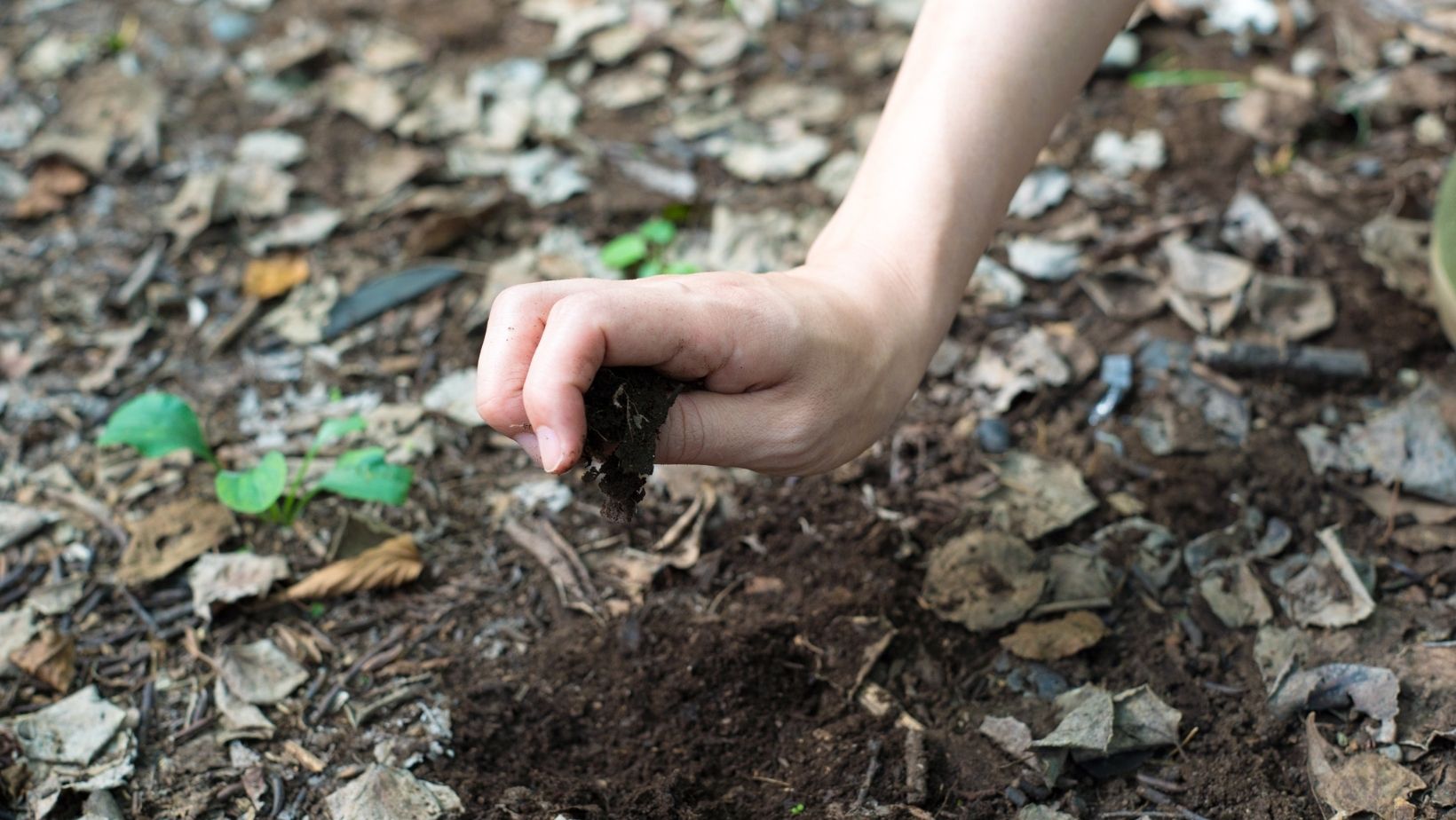How to Interpret Soil Classification for Digging

Did you know that it takes hundreds of years to form the soil you find in your backyard? Organic materials mix with water and air and, after a long time, make soil.
Like plants and animals, the soil is a diverse material. Soil classification is based on the organic materials found in different areas. Because of these factors, soil can vary from loose to completely compacted.
Knowing a soil classification will help an excavation team determine if it is safe to dig in a place or not. If you don’t know the soil type, your project could have problems.
We highlight the four soil types and their characteristics in this handy guide.
Stable Rock
Land categorized as stable rock hasn’t ever been excavated before. Stable rock ground types consist of slabs of granite or other solid matter.
Because of the strength of stable rock, it needs blasting or drilling to move. Using an excavation tool isn’t going to get you very far as it is the wrong tool for the job.
Type A Soil
This is the most stable of all the soil types. Soils with this classification usually come in clay form. Clay mixed with silt, loam, or sand all fall under the A soil classification.

When using an excavating truck to dig a trench in type A soil, you’ll have to watch the slope of the sides. These trucks will dig the soil at a 53-degree angle. This slope angle will keep the soil from caving in.
Type B Soil
Type B soil has stability in the middle of type A and C soils. Silt, a fine material made from worn rocks, falls under this classification. Sandy and silty loam are other types of soil that carry the B classification.
When digging in B-type soil, the angle needs to be wider. A 45-degree angle will keep this soil type most sturdy.
Type C Soil
The most unstable and dangerous type of soil carries the C classification. Unstable ground that crumbles falls under this soil category. For example, soil with high concentrations of gravel, sand, or loam doesn’t compact well and is a C soil type.
Watery ground types are another type C soil type. The water content in this soil means won’t the soil won’t form together tightly. You can tell if you have submerged soil if you see water on the sides of the hole or pit you are excavating.

Layered soil is also classified as C soil. As the name suggests, this soil type is made from many different soils layered together. The various soil types keep it from being stable, as the weakest soil will give way when it is dug up.
At 34 degrees, you’ll need the widest angle trench when digging in this soil type.
Soil Classification and Construction Are Important for Safety Reasons
Interpreting soils is an essential skill for your excavation team to stay safe. When you understand soil classification, you’ll be able to complete your excavation project in no time!
Did you find our article helpful? If so, take a look at our other home hacks and lifestyle blogs today!



